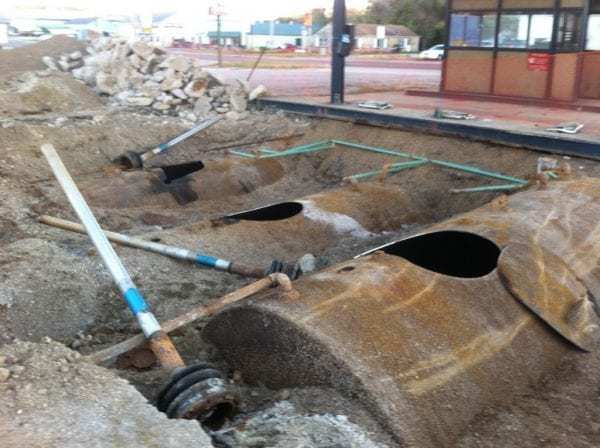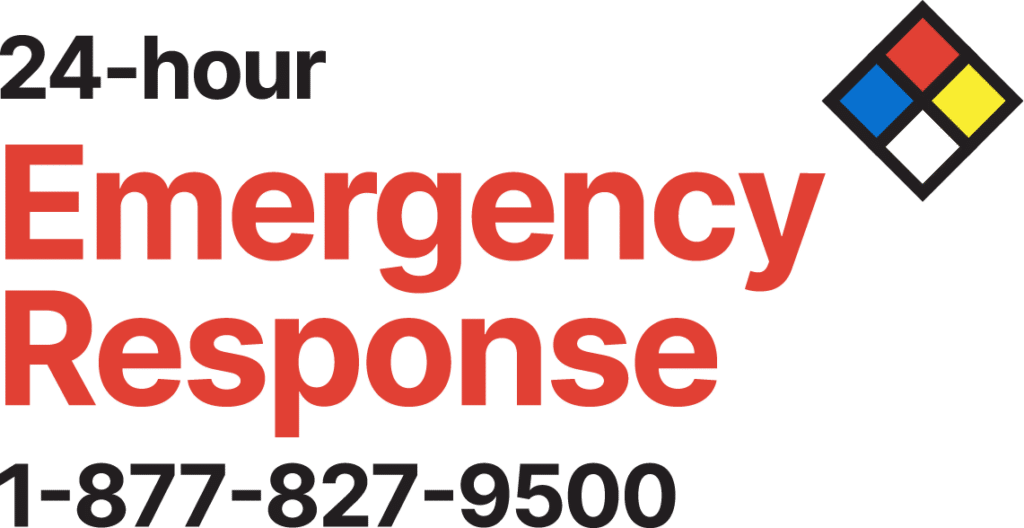Found Tanks
Did you find a UST on your property? That tank is not just inconvenient it’s also an environmental concern. Most older tanks are made of steel, which is very likely to corrode with time, and the likelihood that it will begin leaking hazardous substances into the environment increases. These USTs are often found while construction is ongoing, they can also be found during environmental due diligence assessments during property transactions.
Before the 80s,, USTs were not well regulated by state or federal governments; many facilities weren’t even required to notify the government if they wanted to install a tank. This lack of regulation often meant that leaks from tanks would go unnoticed, or if the property was sold, the new owners wouldn’t even know a tank existed there (or whether it had ever been emptied). Today, state and federal regulations are in place to ensure that USTs are registered when they are installed, and that they are regularly maintained to decrease the potential safety & environmental risks.

If you find a UST on your property, you’ll probably want to close it permanently. “Closure” means either a) having the tank cleaned to remove any residual materials (as these are considered hazardous waste) and then backfilled with an inert material like gravel or concrete, or b) digging up & removing the tanks. As a part of this process, the government will require soil and/or groundwater samples to be collected to determine if the tank leaked petroleum products into the surrounding environment. If it has, additional soil & groundwater investigation and cleanup may be required.

In order to close the tank and remain in compliance with state & federal regulations, you will need to hire an environmental consulting firm who can empty the tank and clean it thoroughly whilst following strict safety procedures to avoid potential hazards. Every year, innocent people are injured or killed while attempting to close or remove underground storage tanks. Don’t make this grave mistake. Be sure to hire trained professionals who have experience cleaning and removing USTs.
Owning and Operating UST facilities
Thinking about purchasing or opening a retail fueling business? You should be familiar with what regulations must be followed to keep the tanks compliant . Every state has different requirements for regulating USTs. Links for several UST regulations are included at the end of this article. As a UST owner, your responsibilities include:
- Registering with the state (including notifying them when the property changes hands or if you decide to later close or replace any of the USTs)
- Recognizing and following state UST regulations, including state or federally-mandated upgrades to the tank system or piping
- Completing UST Operator Training, if required by your state
- Protecting against corrosion
- Monitoring your tank monthly
- Detecting leaks quickly, before contamination spreads
- Keeping records of leaks, maintenance, inspections, repairs, etc.
- Reporting and cleaning up any releases.
- Paying for the cleanup of any releases. Tank owners are required to demonstrate financial responsibility, proving that they will be able to fund a cleanup, if required. Many states have insurance programs or trust funds for UST owners that can assist with paying for cleanups, providing the tanks are in compliance and all appropriate regulations are followed.
State UST regulations:
Arkansas
Colorado
Iowa
—
If you need assistance with installation, inspection, maintenance, disposal, or any other UST compliance tasks, contact Environmental Works today. We’re a full-service environmental consulting and contracting firm that has expertise in UST compliance. From proper UST installation and maintenance to inspections, walk-throughs, and repairs to containment, cleanup, and removal, EWI can help. Request a quote or give us a call today!



